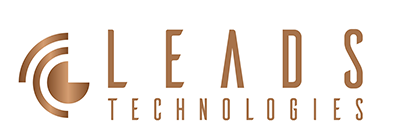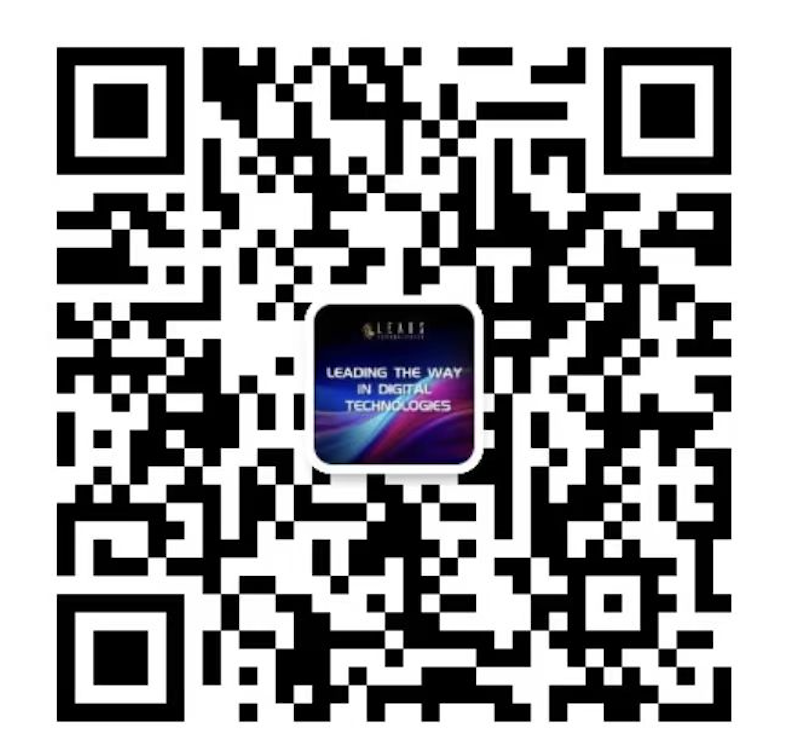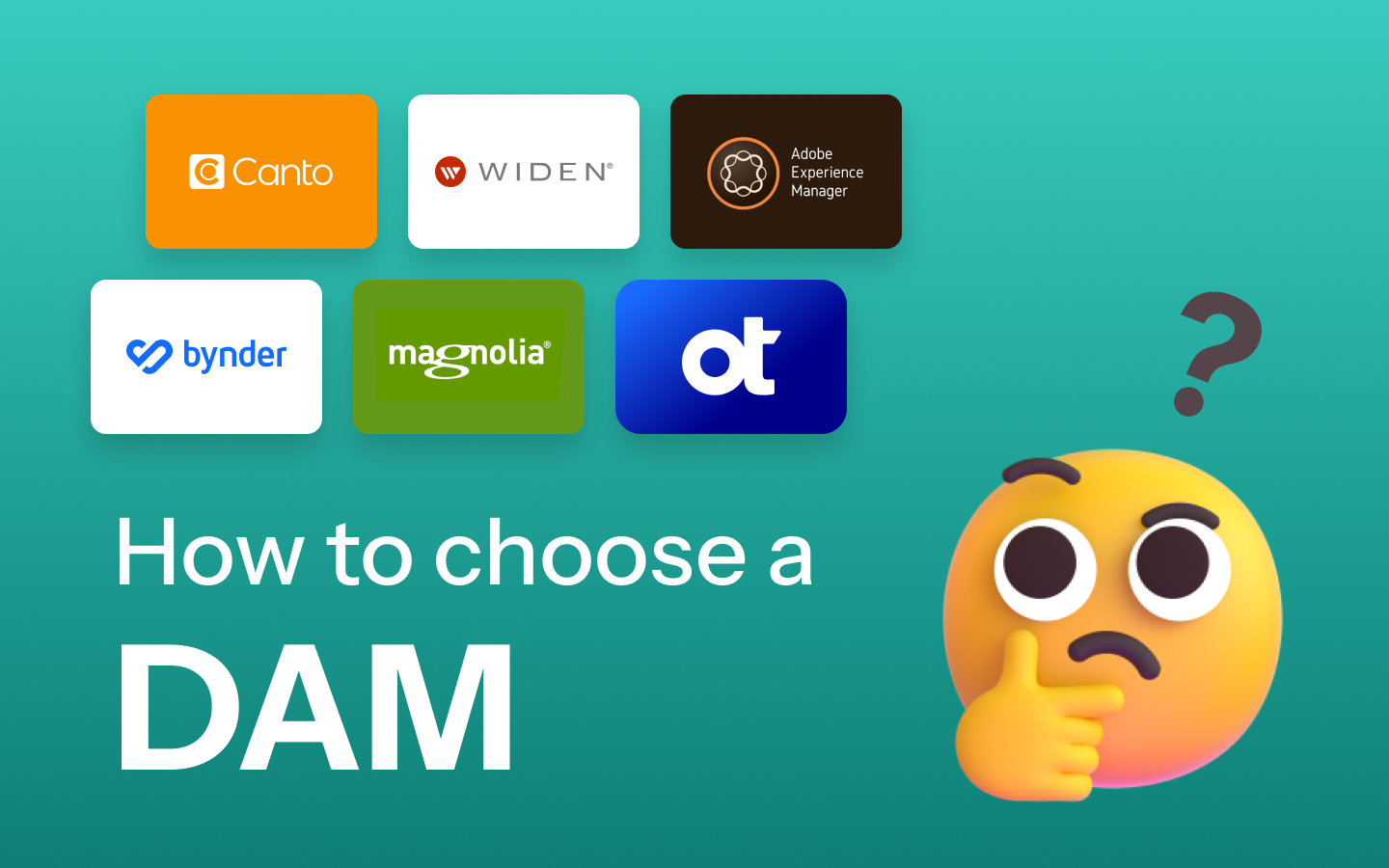
How do different companies choose the appropriate digital asset management (DAM) system?
AEM Assets, Digital Asset Management (DAM)
30 December 2024
What is DAM?
Digital Asset Management (DAM) is a system for storing, organizing, managing, and distributing digital assets. Digital assets can be images, videos, documents, audio clips and other rich media formats. The DAM system provides enterprises with a platform to centrally manage key digital assets, allowing users to store, access and share these assets through a web interface or other means. DAM is not just a static asset repository, it also supports the upstream creative process of content, including pipeline, content review and approval functions.
DAM core functions:
- Asset Management:
- Storage and access: Supports the storage and access of images, documents, audio and video files in a variety of file formats.
- Organize: Use folders to categorize and organize resources.
- Version Control: Create a snapshot of a digital resource at a specific point in time and restore the resource to a previous version.
- Renations: Manage binary representations of assets, such as image versions of different sizes and resolutions.
- Metadata: Add, edit, and manage metadata information for an asset, such as author, expiration date, and DRM information.
- Search function:
- Basic Search: Search using file name, full text of the document as well as date, document type and tags.
- Advanced search: Use the filter panel to filter search results by file type, size, last modified date, and more. Smart Search: Use smart tags and similarity searches to improve search results.
- Workflow:
- Automated processing: Automatically perform tasks such as adding watermarks, generating renditions, adding metadata, etc.
- Approval process: Supports joint processing and downloading of assets, and manages access rights.
- Collaboration features:
- Comments: Add comments to the asset.
- Sharing: Share related assets between users.
- Integration capabilities: A powerful digital asset management (DAM) system requires strong integration capabilities to ensure smooth workflow and effective content management. Integration with creative tools is critical because creative teams are the primary users of digital assets. DAM systems should work seamlessly with creative production tools, providing direct access, version control and synchronization capabilities. This means users can browse, search, check out and check in assets in the DAM directly within creative production software such as Photoshop, Illustrator and InDesign. At the same time, integration with content management systems (CMS) is also essential. The DAM system needs to be seamlessly connected to the CMS to enable rapid deployment and update of content. To do this, DAM systems should provide features such as content finders and direct embedding so that marketers and website editors can easily access and use resources in the DAM within the CMS.
- Other features:
- Multi-language support: Automatically execute a translation workflow for assets.
- Digital Rights Management (DRM): Protect digital assets.
- Reporting and Analysis: Provide insights into asset performance and ROI.
- Access control: Manage access rights to assets.
What types of companies are best suited to use DAM?
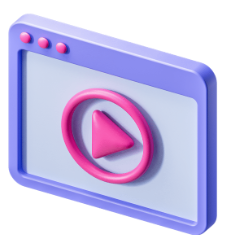
Media and Entertainment
Requirements: Manage promotional videos, screenshots, case studies, and brand materials. Application scenarios: Quickly update websites and support sales activities.
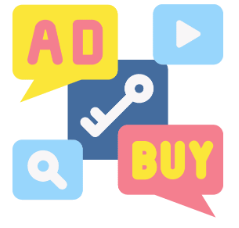
Advertising and Marketing Industry
Requirements: Centrally manage advertising materials, brand assets and design files to ensure the consistency of materials. Application scenarios: Coordination of cross-regional marketing activities and rapid delivery of creative content.

Retail and e-commerce industry
Requirements: Store and manage product images, videos, and related materials, and distribute them to different sales channels. Application scenarios: Quickly update product catalogs and ensure brand consistency across channels.
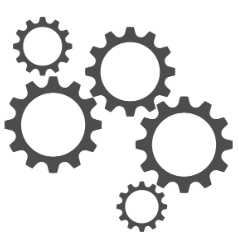
Manufacturing
Requirements: Storage of digital assets such as product manuals, technical drawings, training videos, etc. Application scenarios: Internal technical support and external sales support.

Education
Requirements: Manage course materials, teaching videos, and student works. Application scenarios: Sharing of online learning platforms or teaching resources.

Government and non-profit organizations
Requirements: Preserve a large amount of public service publicity materials or historical data. Application scenarios: Promotion of public activities and management of internal assets.

Fashion and luxury industry
Requirements: Manage high-resolution product images and fashion videos. Application scenarios: Brand promotion and global marketing activities.

Technology and Software Companies
Requirements: Manage promotional videos, screenshots, case studies, and brand materials. Application scenarios: Quickly update websites and support sales activities.

Publishing and News Media
Requirements: Efficient storage and retrieval of news images and videos. Application scenarios: Content production and multi-channel content distribution.
DAM Selection Recommendations for Small Businesses
Canto
Canto is an easy-to-use DAM system designed for small businesses. It is suitable for managing and sharing brand assets, and helps improve the collaboration efficiency of small teams. Simple and intuitive user interface, quick to get started, supports smart tags and quick asset search. Affordable and suitable for small teams.
Bynder
Bynder provides a one-stop brand management tool to help small businesses maintain brand consistency and share assets efficiently. It supports online editing and asset collaboration, multi-user management, team collaboration, and is cost-effective, making it particularly suitable for companies that need to centrally manage their brands.
DAM Selection Recommendations for Medium-Sized Businesses
Widen
Widen is a modular DAM system that is particularly suitable for multi-department collaboration and asset management needs of medium-sized enterprises. It is highly flexible, supports workflow automation, provides asset usage analysis tools, and integrates well with various business systems (such as CMS, CRM).
Magnolia
Magnolia combines CMS and DAM functions, suitable for medium-sized enterprises to centrally manage content and assets, and supports flexible multi-channel distribution. It is highly scalable, supports multi-language and multi-regional businesses, is tightly integrated with marketing automation tools, has a user-friendly interface, and is suitable for rapid deployment.
DAM selection suggestions for large enterprises or multinational enterprises
Adobe Experience Manager Assets
Adobe Experience Manager Assets is an advanced DAM system designed for global business operations and large-scale asset management, supporting efficient collaboration across departments and regions. It has efficient asset distribution and multilingual support, seamlessly integrates with other Adobe products (such as Target and Campaign), and supports centralized management and analysis of large-scale assets.
OpenText
OpenText is a high-end DAM solution designed for enterprise-level users, suitable for large enterprises that need to handle complex workflows and high security requirements. Powerful security and permission management, supports unified management of structured and unstructured content, and is well integrated with other enterprise-level systems (such as ERP, CRM).
Successful Cases
Our client is a global leader in the supply of information and communications technology (ICT) infrastructure and smart devices. It is ranked 96th in the 2022 Fortune Global 500 ranking. Their products include smartphones, PCs and tablets, wearables, mobile broadband devices, home devices and device cloud services. The c chose Adobe Experience Manager Assets to build a shared platform for resource management to meet long-term asset accumulation and information security control needs. We assisted the client to centrally manage global assets by providing asset upload and download, advanced search, asset sharing, permission tracking, public/private settings, timed releases, global synchronisation and visible reporting. The design strategy incorporates process-based asset management, ensuring that every stage is approved and security traceability is achieved. Through AEM Assets, we have helped our clients design customised user interfaces that enable the sharing and reuse of thousands of assets globally, facilitating efficient collaboration between hundreds of thousands of business employees.
Conclusion
Choosing the right DAM system takes into account factors such as the size, type, specific needs and budget of your business. Hopefully this information will give you a better understanding of how to choose the right DAM system. If you have any questions or need cooperation assistance, please Contact us.
